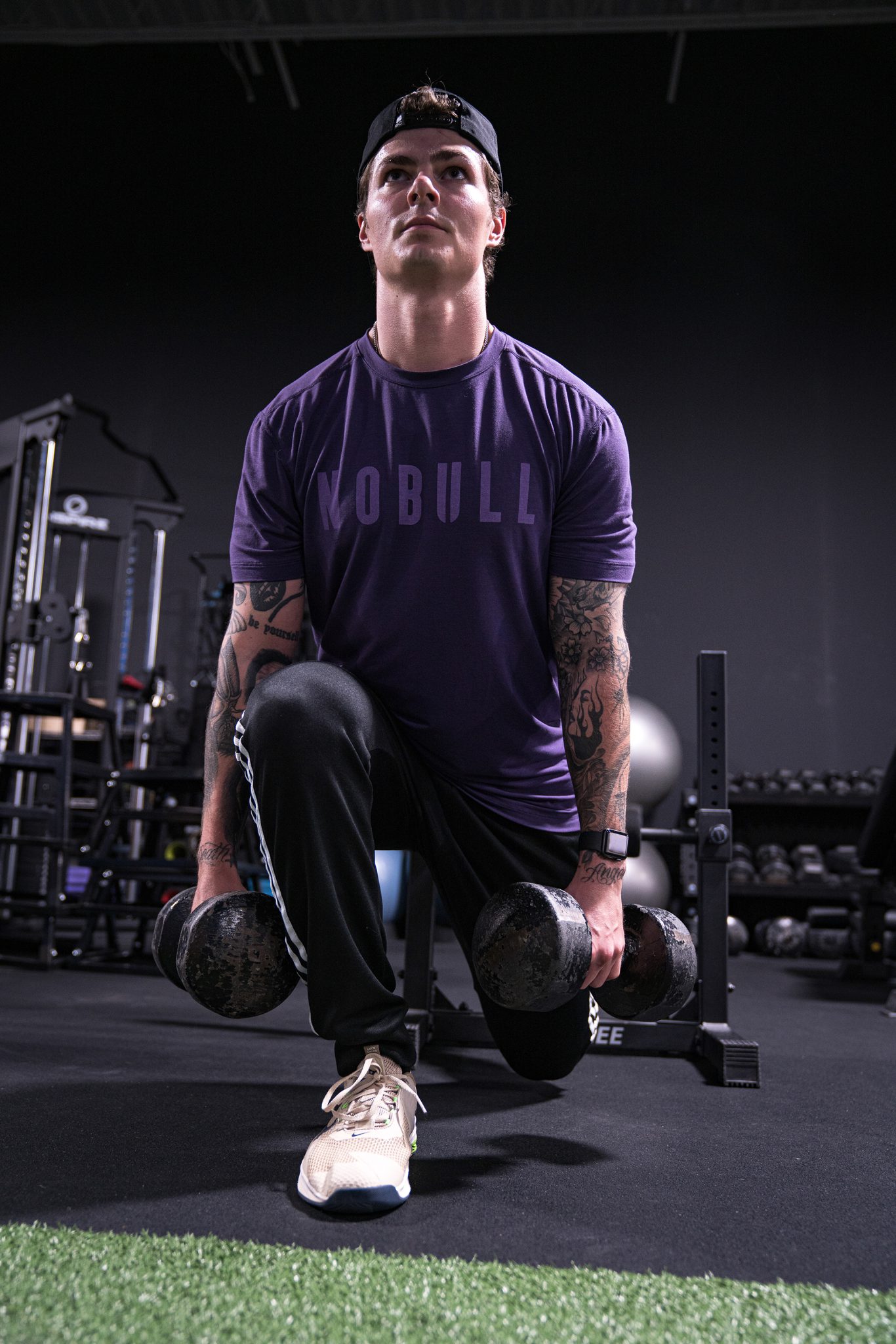Running is a great way to improve your fitness. It’s also a pivotal skill for military personnel and first responders. But to improve your fitness and build your overall running ability, you must improve your running stamina. Some might argue over whether to focus on stamina vs endurance — the truth is, you have to focus on both if you want to up your running prowess.
The problem is that you can’t just go pound pavement. Improving your running stamina over the long term requires thought, planning, and the application of specific training techniques.
Whether you’re a devoted distance runner, someone who just wants to improve your fitness, or an active-duty ass-kicker who wants to max your next PT test, the five tips below will help you increase your stamina for running.
Train at Maximum Aerobic Function

Through decades of research and coaching, Dr. Phil Maffetone has developed a target heart rate formula to maximize aerobic energy system development. He named it Maximum Aerobic Function (MAF). The formula’s math is simple. Subtract your age from 180 and you have your MAF heart rate. For example, if you’re 35 years old, you’d subtract 35 from 180, and your MAF heart rate is 145.
MAF training improves aerobic capacity by increasing mitochondrial density and capillary density in muscles, while also increasing the amount of blood the heart pumps with each beat. These are stamina’s raw materials because they improve oxygen delivery to working muscles, which you need to run longer distances.
Aerobic capacity training also teaches your body to better utilize fat as fuel. The human body stores anywhere from 2,500 to 3,000 calories of carbohydrates at a time. But it stores between 30,000 to 100,000 fat calories. Working at higher heart rates causes the body to preferentially use carbs as fuel, meaning that you’ll tire quicker while never developing the necessary pathways to burn more fat. Working at MAF, however, builds and strengthens fat-burning pathways so your body efficiently utilizes energy for longer.

Improve your running stamina by covering miles at your MAF heart rate. It will feel painfully slow at first; but as the efficiency of your aerobic energy system increases, you’ll run faster while maintaining a sub-MAF heart rate. MAF running also allows you to maintain quality running technique — quality must come before quantity if you want to improve your running stamina.
RELATED – Spiderman Pushups Throttle Your Core, Spandex Is Optional
Stamina vs. Endurance: Improving Your Running Economy
Running economy is the energy demand of running. In other words, how much energy does it cost your body to run? The lower the demand, the more stamina you’ll have.
First, dial in your running technique. If you’re out there looking like a velociraptor, you’re wasting precious energy. Dial in your long-distance running technique by focusing on head-to-toe postural alignment. Once your posture is dialed in, work on your stride length. Over-striding is the bane of efficient running form. Make sure that your heel and forefoot strike the ground at the same time, and that your ankle is aligned under your knee.

Next, improve your breathing. An inefficient breathing pattern limits oxygen delivery to your muscles while also making your run feel more stressful. Avoid shallow chest breathing and focus instead on inhaling deeply into your belly. For long runs at low intensities, take about three steps while breathing in and three steps while breathing out. As you ramp up the intensity, increase your breathing rate to two steps per inhalation and exhalation. During high-intensity efforts, match your inhalations and exhalations with each step.
Plyometrics also improves your running economy by training your legs to efficiently absorb and redirect force. Add simple exercises such as skips and hops to your running and strength training warm-up.

RELATED – Goblet Squats: An Easy Way to Change Up Leg Day
Fartlek Interval Training
Along with MAF training, interval training improves running stamina by training your body to work at higher intensities. My favorite interval technique is the fartlek, which is Swedish for “speed play.”
Fartleks are simple to do. Start out running at a low intensity and maintain it for at least a few minutes. Then, build in 10-to-20-second sprints at random intervals.

Don’t worry too much about how many sprint intervals you include. Just be sure to let your heart rate return to a sub-MAF level before you sprint again. You can run for either a prescribed number of miles or a set amount of time. For example, I’ll often prescribe a 45-minute fartlek run to my clients.
It’s best to build plenty of miles in at MAF and improve your running economy before you add fartleks into your training. You’ll improve your efficiency and, in turn, your stamina faster by first focusing on improving your aerobic capacity and technique.
Stamina vs. Endurance: Tempo Runs
Once you’ve covered miles at MAF, improved your running economy, and done some fartleks, try tempo runs.
Tempo runs are performed at a specific pace for a specific distance. For example, 3 miles at 30 seconds slower than your fastest pace. They train aerobic power, the speed at which your aerobic system produces energy.

Start by doing a 30-minute run test. Warm up with a 15-minute easy pace run with a few 15-second sprints built in. Then rest for 4 to 5 minutes. After the rest period, run for 30 minutes at the fastest pace you can maintain. Record your distance to get your threshold pace. For example, if you run 3 miles in 30 minutes, your threshold pace is a 10-minute mile.
Once you have your threshold pace, do tempo runs for either time or distance. For example, you could run 3 miles at 30 seconds below your threshold pace. You could also do sets of 10-to-15-minute runs at 30 seconds below your threshold pace with a few minutes rest between sets. Each works, but the timed sets are great if you’re most concerned about maintaining running efficiency and technique.
RELATED – How To Do Bulgarian Split Squats
Strength Training
Running requires muscular force. It also requires stable joints and neuromuscular coordination. Strength training improves all three requirements.
Any appropriately implemented free-weight strength-training exercise improves force, stability, and neuromuscular coordination. There are, however, techniques and exercises that specifically improve your running stamina.

Single-leg exercises such as Bulgarian split squats and single-leg RDLs train muscular force and coordination while balancing on one leg. Core exercises that train core stiffness help your body to maintain posture as your foot strikes the ground. Traditional squats and deadlifts are also important. They build your engine so your body generates more total force, whether on one or both legs. Be sure to incorporate them into your strength-training program.
Strength-endurance techniques, such as eustress training, teach your body to repeatedly generate high levels of muscular force for extended periods. This helps with that whole stamina problem you’re looking to solve. Alternate between strength-training programs that produce overall strength and ones that improve strength endurance.
READ NEXT – Stay Fit In Preparation to Survive








Comments